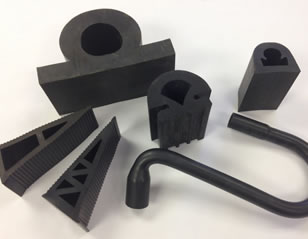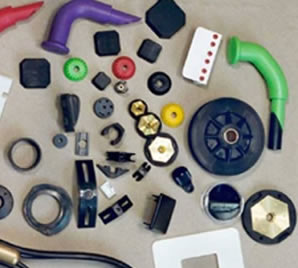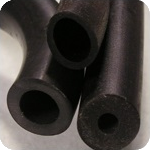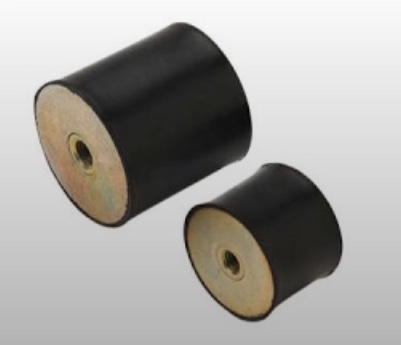Durability is probably the most important characteristic of many products and is especially important for parts with rubber to metal bonding. The automotive industry uses rubber bonding on parts to absorb and dampen sound; this is one of the most common applications in the field. So how is durability ensured in the specific instance of these particular products? Well, there are a few different issue that could lead to failure as well as different ways to prevent them.
When it comes to rubber to metal bonding, molds must be designed in a way that supports an exact balance between cavities and the displacement of trapped gases. The goal in achieving this balance is to prevent what is referred to as the “diesel effect,” which causes bond failure as the effects of high pressure gas and heat cause elements of the bonding agent film to burn. Imbalance between cavities lead to components that are imperfectly formed, which, in turn, causes bond failure.
One way to avoid this specific problem is to study the flow of rubber through the mold with computer flow simulation packages. These programs model the reaction of pressure gradients to mold design and the cross linking response of the rubber. Computer analysis such as this often results in optimum molding conditions and runner sizes before the mold is produced, resulting in components that a manufactured to specification.
Using plated inserts is also common with certain designers. This approach can result in the production of good bonds, but if the bond edge is frequently exposed to electrolytes then problems may occur. For instance, salt solutions from streets can create “battery” cells between the carbon black in the rubber and the plated metal. Nascent hydrogen at the electrode surface causes cathodic disbondment which will eventually lead to failure. Being aware of these potentials issue and how to prevent them is important in the production of high quality rubber to metal bonding products.
 Rubber Extrusions
Rubber Extrusions Rubber Molding
Rubber Molding Rubber to Metal Bonding
Rubber to Metal Bonding Rubber Tubing
Rubber Tubing Vibration Absorbers
Vibration Absorbers Castings & Forgings
Castings & Forgings Bulk Material Handling
Bulk Material Handling Electrical & Electronic Components
Electrical & Electronic Components Flow Instrumentation
Flow Instrumentation Hardware
Hardware Material Handling Equipment
Material Handling Equipment Metal Cutting Services
Metal Cutting Services Metal Forming Services
Metal Forming Services Metal Suppliers
Metal Suppliers Motion Control Products
Motion Control Products Plant & Facility Equipment
Plant & Facility Equipment Plant & Facility Supplies
Plant & Facility Supplies Plastic Molding Processes
Plastic Molding Processes Pumps & Valves
Pumps & Valves Recycling Equipment
Recycling Equipment Rubber Products & Services
Rubber Products & Services